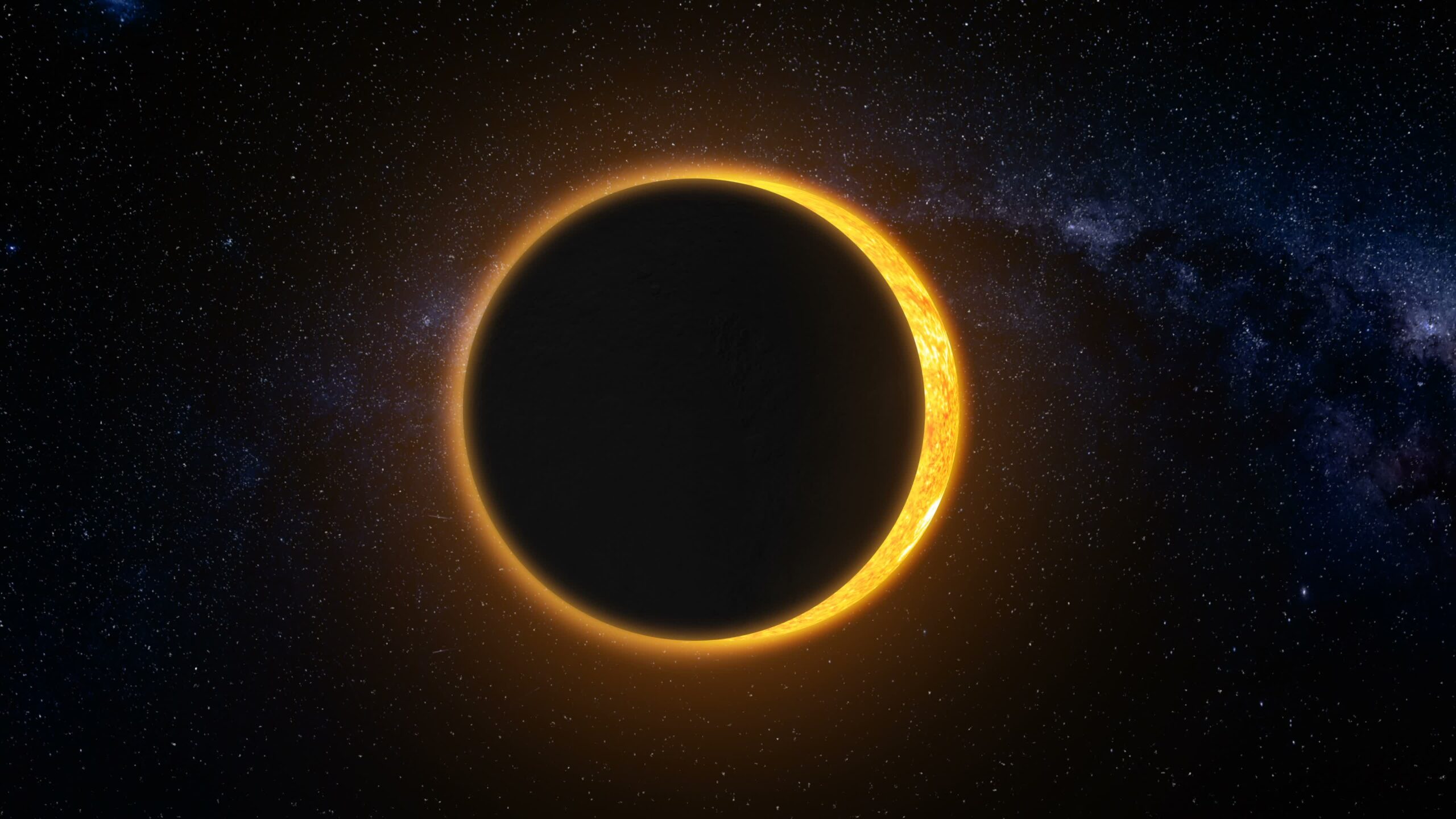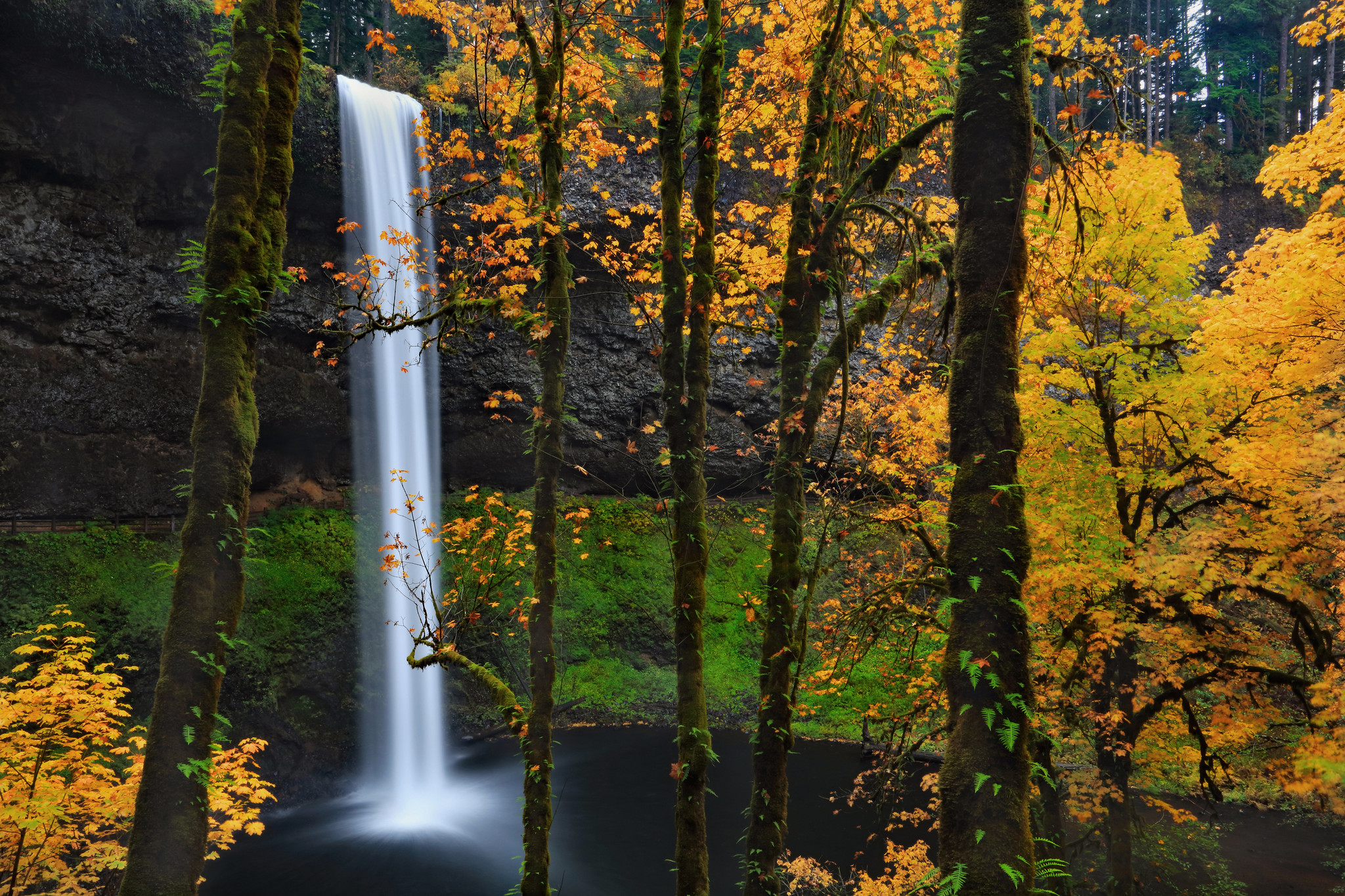In the mystical realm of the Pacific Northwest, an astronomical ballet is set to unfold under the vast, ever-shifting tapestry of the sky this Monday morning. Unlike the celestial spectacle of 2017, where the sun and moon danced in perfect harmony across the Oregon and Washington skies, this year's performance will be a more elusive affair.
The stage for this cosmic event, a total solar eclipse, will stretch from the rugged terrains of Texas all the way to the pine-clad landscapes of Maine. However, a troupe of clouds, with a penchant for drama, threatens to obscure the view in many parts of the country, including the heartlands of Oregon and Washington. While the path of totality promises a moment where the moon will cloak the sun in total darkness, spectators may find themselves playing a game of peek-a-boo with the celestial bodies, thanks to the capricious nature of the clouds.
In the southern states, the clouds may even orchestrate a few storms, adding a thunderous applause to the spectacle. Yet, hope shines brightest in Maine, where the skies are expected to remain clear, offering the best seats in the house for this astral performance.
Back in the Pacific Northwest, the skies over Portland will partake in this cosmic dance with a mixture of anticipation and apprehension. The eclipse, lasting an hour and 46 minutes, promises fleeting moments of clarity amidst a ballet of clouds, reminiscent of last year's partial eclipse. The celestial show begins at 10:33 a.m., with the peak at 11:25 a.m., when 26% of the sun will be shyly veiled by the moon. Spectators are reminded that this celestial event demands the utmost respect—protective eye gear is a must, as the sun's rays, though partially hidden, remain potent.
The most enchanting view in Oregon, however, whispers its promise from the southeast corner of the state. Here, beyond the reach of the obstinate clouds, the sun and moon will share a more intimate moment, offering a glimpse of the universe's grandeur to those fortunate enough to be in attendance.













